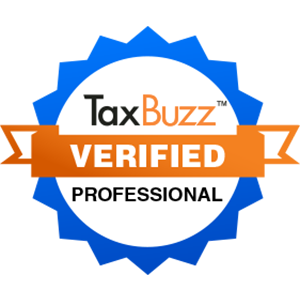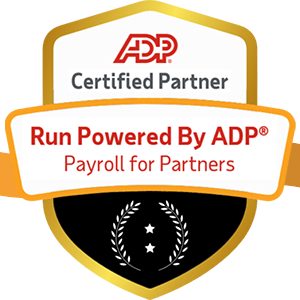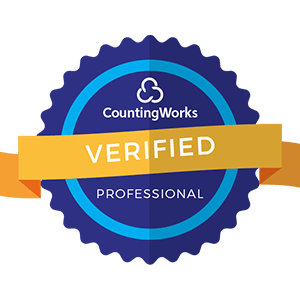In today's rapidly changing business landscape, organizational agility and adaptability have become critical factors for success. As markets evolve, technologies advance, and customer needs shift, organizations must be able to respond quickly and effectively to changes in their environment. Human Resources (HR) departments play a pivotal role in supporting organizational agility and adaptability by cultivating a culture of innovation, fostering employee resilience, and driving strategic workforce planning. In this article, we'll explore the essential role of HR in supporting organizational agility and adaptability and discuss strategies for building a nimble and resilient workforce.
Understanding Organizational Agility and Adaptability

Organizational agility refers to an organization's ability to respond rapidly and effectively to changes in its environment, seize new opportunities, and mitigate emerging threats. Adaptability, on the other hand, is the ability to adjust and thrive in the face of uncertainty and change. Together, organizational agility and adaptability enable organizations to stay ahead of the curve, navigate uncertainty, and thrive in dynamic and competitive markets.
The Role of HR in Fostering Organizational Agility and Adaptability

- Culture of Innovation: HR plays a crucial role in fostering a culture of innovation within the organization. By encouraging creativity, experimentation, and risk-taking, HR can create an environment where new ideas are welcomed, and employees feel empowered to innovate and adapt to change.
- Learning and Development: HR is responsible for providing employees with the training and development opportunities they need to acquire new skills, stay relevant in a rapidly changing world, and adapt to evolving job roles. By investing in continuous learning and upskilling initiatives, HR can ensure that employees have the skills and knowledge needed to drive organizational agility and adaptability.
- Strategic Workforce Planning: HR is responsible for strategic workforce planning, which involves identifying current and future talent needs, assessing gaps in skills and competencies, and developing strategies to address them. By aligning talent strategy with business objectives and market dynamics, HR can ensure that the organization has the right people in the right roles to respond to changing demands and seize new opportunities.
- Agile Talent Management: HR can adopt agile talent management practices, such as flexible staffing models, cross-functional teams, and project-based work arrangements, to respond quickly to changing business needs and market conditions. By deploying talent where it's needed most and adapting staffing levels and structures as needed, HR can help the organization remain agile and resilient in the face of uncertainty.
- Employee Engagement and Resilience: HR plays a critical role in fostering employee engagement and resilience, which are essential components of organizational agility and adaptability. By promoting open communication, providing support during times of change, and recognizing and rewarding employees for their contributions, HR can help employees feel motivated, committed, and resilient in the face of challenges.
Strategies for Building Organizational Agility and Adaptability

- Promote a Growth Mindset: Encourage employees to adopt a growth mindset, where they see challenges as opportunities for learning and growth, rather than obstacles to be overcome.
- Encourage Collaboration and Cross-Functional Teams: Foster collaboration and teamwork across departments and functions to break down silos, encourage knowledge sharing, and promote innovation.
- Embrace Technology and Innovation: Stay abreast of technological advancements and industry trends, and embrace innovation to drive operational excellence and competitive advantage.
- Adapt Quickly to Market Changes: Monitor market trends, customer preferences, and competitive dynamics closely, and be prepared to adapt quickly to changes in the business environment.
- Invest in Employee Well-being: Prioritize employee well-being and work-life balance, as happy and healthy employees are more engaged, productive, and resilient in the face of change.
Conclusion
In today's fast-paced and dynamic business environment, organizational agility and adaptability are essential for survival and success. HR departments play a central role in supporting organizational agility and adaptability by fostering a culture of innovation, providing learning and development opportunities, driving strategic workforce planning, promoting employee engagement and resilience, and adopting agile talent management practices. By embracing these strategies and investing in building a nimble and resilient workforce, organizations can thrive in an uncertain and ever-changing world.






